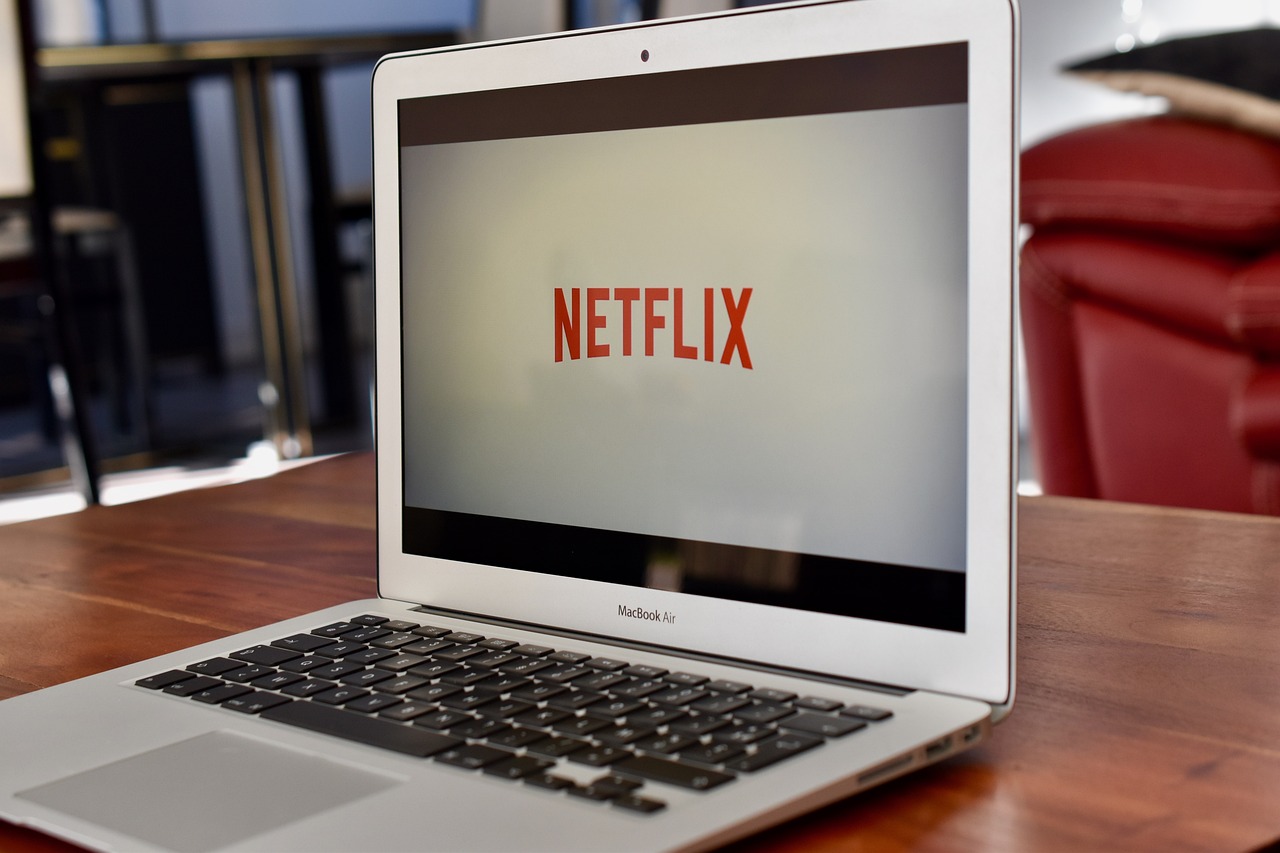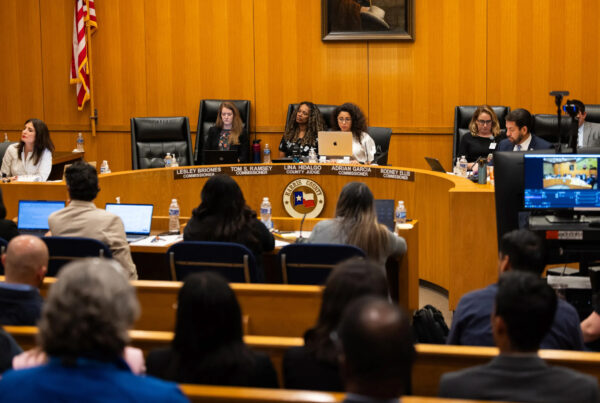Over the past decade or so, streaming services and media companies have spent billions of dollars building out their platforms, acquiring the rights to shows and creating new original content, all with the goal of acquiring subscribers.
So far, that goal has been largely successful. Right now, Netflix has more than 200 million; Disney Plus more than 150 million; and Apple TV 25 million.
But now that these companies have built out their subscription empires, they are facing a challenge that threatens their business model: People are canceling.
Sarah Krouse, who has been covering streaming services as the Los Angeles bureau chief at the Wall Street Journal, joined the Texas Standard with more.
This transcript has been lightly edited for clarity:
Texas Standard: I remember when everyone was talking about folks cutting the cable and signing up for these streaming services. Are they a victim of their own success, or what’s going on here?
Sarah Krouse: So what’s happening is consumers are starting to get a bit savvier about what they pay for and for how long. In the boom days of streaming, each service was so affordable and so much cheaper than the cable that a lot of consumers, you know, sort of spent years accumulating streaming subscriptions and never thinking much about it.
But over the last year, really, prices have started to rise in earnest as these services try to push towards profitability. And that’s gotten consumers thinking about what they actually need, what they watch. And more and more streaming subscribers are getting better at turning services on and off so that they can watch a hit show, but then stop paying for it while they wait for new, fresh content.
Interesting. What’s known about the average person’s streaming habits? How much are we actually using these subscription services that we’ve signed up for?
And I wonder, too, how many folks are actually signed up for? I was trying to cut back a little myself and was surprised to see that I was signed up for something, and I’m sure I just signed up for it because I wanted to see a movie one night and there we go – took the free trial, right?
Yeah. I mean, and this is the way that a lot of households have found themselves with tons of subscriptions: You enter on a promotion, and before you know it, you have four, five, six streaming services.
And what’s happened as this industry has sort of matured is there tend to be one or two in a household – maybe if you have kids it’s Disney Plus or Netflix – as sort of the backbone of your streaming diet. That’s sort of the utility that you check first for your program and sort of scroll through. And that’s your starting point in the streaming universe.
And so in a lot of households, there’s sort of one predominant service that they definitely keep. And then there’s others that maybe appeal to a niche viewing pattern, maybe like BritBox for UK shows or HBO Max for real prestige TV like “Succession” – you sort of have these other services that come in and out that are more driven by the schedule and what’s on offer at any given time.
» GET MORE NEWS FROM AROUND THE STATE: Sign up for Texas Standard’s weekly newsletters
So how do streaming services try to combat this issue of folks going through their lists and canceling those services that they just don’t use that much?
There are a few different ways that I’m seeing. Some are offering people who threaten to cancel – who are sort of clicking through the “I want to cancel my subscription” – either discounts to stay, maybe a reduced monthly fee for their ad-supported tier of service, or free months altogether to sort of stem that moment of cancellation.
Others have launched ad-supported tiers that offer a plan across the piece that is just a lower cost to the consumer, but that throws off ad revenue and monthly subscription revenue for the streaming platform, so that ends up adding up to about the same as a full-price ad free plan.
And then you have bundles. And that’s really a development that we’re still in the early stages of, where streaming services are partnering with rivals to offer discounted subscriptions to two services at a time, the hope being that the consumer feels like they’re getting a lot of value for their money, and they’re paying less than the face-value sticker price.
That’s the thing that I really keyed in on in the story from the Wall Street Journal about this – this whole idea of bundling – because I was thinking back to the last time I remember there was a real push for bundling.
That was during the cable era, and I remember it being sort of a sign of trouble in the industry, and it was indeed a harbinger of things to come. How do you read this whole bundling approach?
Yeah, I think you’re right. It is a first step in a rationalization and in what you’re already starting to see was, you know, sort of strategic M&A type discussions amongst companies. There are a lot of streaming services on the market. It is unlikely that all of them are going to survive long term.
But in this near term, as entertainment companies figure out what business model works for them – particularly in light of cable’s decline – and what assets they want to own or what they might want to buy, bundling is sort of this intermediate step that helps you find a partner that, maybe together, you can offer a more well-rounded streaming subscription that appeals to a consumer and makes them feel like they’re getting a lot for their money, when perhaps your service as a standalone isn’t achieving that.
I know that there have been a lot of services, and a lot of these services are specialized – Disney Plus, you think about it more sort of kids-oriented; Peacock, who didn’t sign up to watch “The Office,” right?
But in terms of figuring out the streaming business and optimizing it for themselves, who seems to have nailed it?
So Netflix right now is the only consistently profitable major streaming service. And they really benefit from not having some of the legacy businesses that are a struggle for companies like Disney, Warner Brothers, Paramount. They don’t have cable networks that they need to figure out the future of.
They have been able to not only make their own content, but increasingly now as those other entertainment companies are trying to make money however they can, Netflix is now able to license more content from them. So the Netflix model has worked, and Netflix also enjoys the lowest churn among all the major streaming services.
The other companies – Disney, Warner, Paramount – are very much trying to figure out their futures and what the right balance is of content to put on a streaming service, and what they can wring out incremental revenue from licensing to other platforms where maybe that serves as sort of an advertisement or a funnel that drives subscribers back to their core service. So we’re still very much in this period of experimentation where the fortunes and futures of these companies are still being rewritten in real time.
Do you think there’s a shakeout coming?
I mean, certainly the deal discussions that have already kicked off for the Paramount parent, whether Warner will buy it. You know, you started to see conversations about more transformational deals that move beyond “we’re going to partner on a bundle.” And these are fundamental potential mergers.
So certainly the industry is headed for some form of consolidation. Who will end up, you know, sort of wedded long term to each other is still to be determined.













